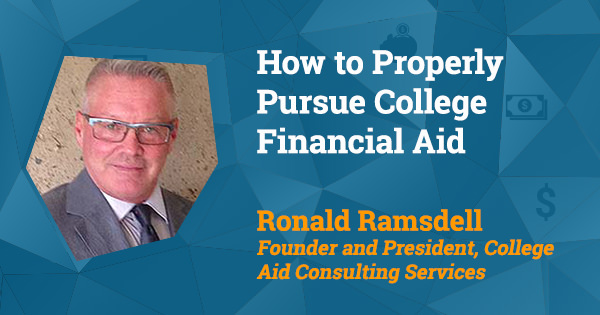
Excited to share that College Aid Consulting Services featured in The New York Times today discussing appealing financial aid offers. Much of the information I shared with her was not covered in the article. First, why should a family appeal or negotiate for a better award? One reason is if the award is not a fair one. The problem here is that many families don’t know if the initial award(s) is fair (see “Disparity In College Financial Aid Offers” March 20). If you would like more information and appropriate advice on on your awards, please contact our office now.






